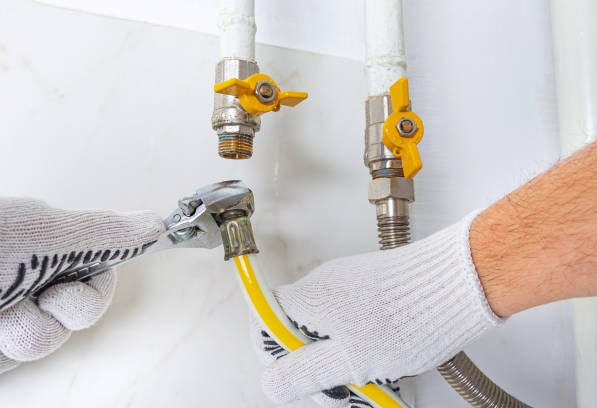Gas safety is paramount in any building, but it’s especially crucial in new constructions where the risks of oversight or error may be higher. From residential homes to commercial complexes, ensuring gas safety in new builds is a legal requirement and a moral obligation to protect inhabitants and the environment. Here are some essential steps to ensure gas safety in new constructions.
1. Compliance with Regulations
The first and most fundamental step in ensuring gas safety in new builds is compliance with regulations. Building codes and regulations dictate the standards for gas installations, ventilation, and safety mechanisms. In most countries, this includes adherence to specific standards set by regulatory bodies like the Gas Safe Register in the UK or the National Fire Protection Association (NFPA) in the US. Builders and contractors must ensure that all gas-related work meets these standards, from the installation of gas appliances to the positioning of ventilation systems and the implementation of safety features like gas detectors and emergency shutoff valves.
2. Qualified Professionals
Gas work isn’t something to be taken lightly. It needs specialized knowledge and expertise to ensure installations are safe and compliant with regulations. Employing qualified gas fitting professionals, such as Gas Safe registered engineers or certified gas fitters, is crucial in new builds. These professionals have the necessary training and experience to carry out gas-related work safely and effectively. Builders should vet contractors carefully, ensuring they have the appropriate qualifications and certifications to perform gas installations and maintenance. Cutting corners by hiring unqualified workers not only jeopardizes safety but also exposes builders to potential legal liabilities.
3. Thorough Inspections and Testing
Before new builds are occupied, it’s essential to conduct thorough inspections and testing of all gas installations. This includes checking for leaks, ensuring there’s proper ventilation, and testing the functionality of safety devices such as carbon monoxide detectors and gas shut-off valves. Builders should schedule inspections at various stages of the construction process, from initial installation to final completion, so that any issues can be caught early on and addressed promptly. A comprehensive final inspection should be conducted before occupancy to ensure that everything is in order and meets regulatory requirements.
4. Education and Awareness
Educating homeowners, tenants, and building occupants about gas safety is key to preventing accidents and ensuring proper maintenance. Builders should provide information on the safe use of gas appliances, recognizing the signs of a gas leak, and what to do in case of an emergency. Additionally, regular maintenance and servicing of gas appliances should be emphasized to prevent issues such as carbon monoxide leaks or malfunctioning equipment. Building occupants should know how to shut off the gas supply in an emergency and who to contact for repairs or maintenance.
5. Future-Proofing
Gas safety in new builds isn’t just about meeting current standards; it’s also about future-proofing the building against evolving regulations and technologies. Builders should consider incorporating features such as smart gas detectors, which can alert occupants to potential hazards and provide remote monitoring capabilities. Moreover, designing buildings with flexibility in mind allows for easier upgrades or modifications to gas systems as regulations change or new technologies emerge. This might include ensuring adequate space for ventilation systems or designing gas pipelines for easy access and maintenance. By prioritizing gas safety from the outset, builders can create environments that aren’t just compliant with regulations but also safe and comfortable for occupants.



